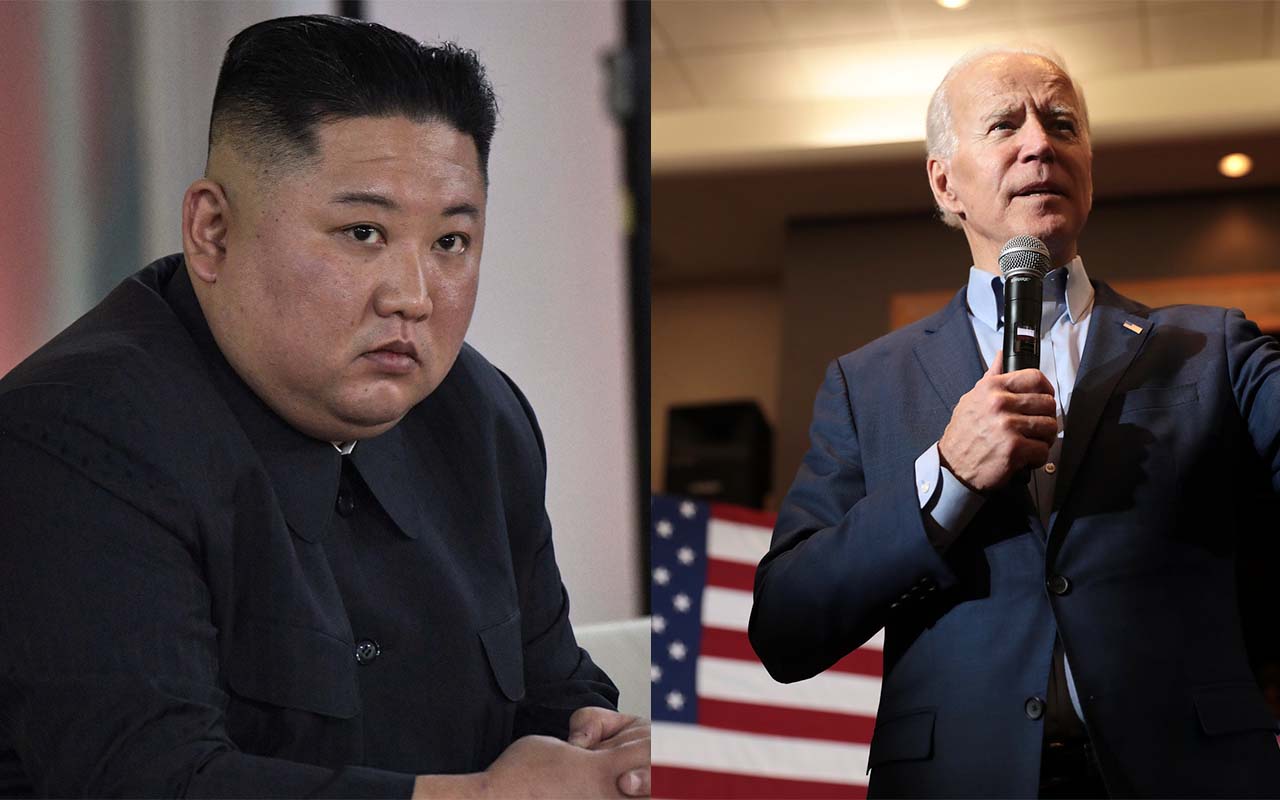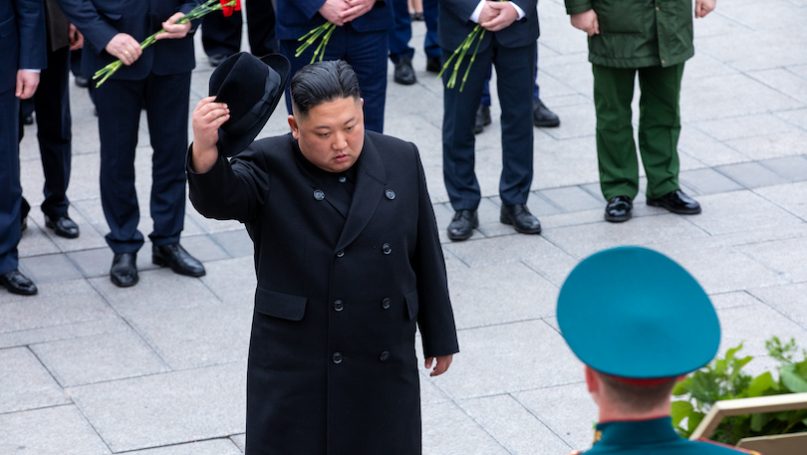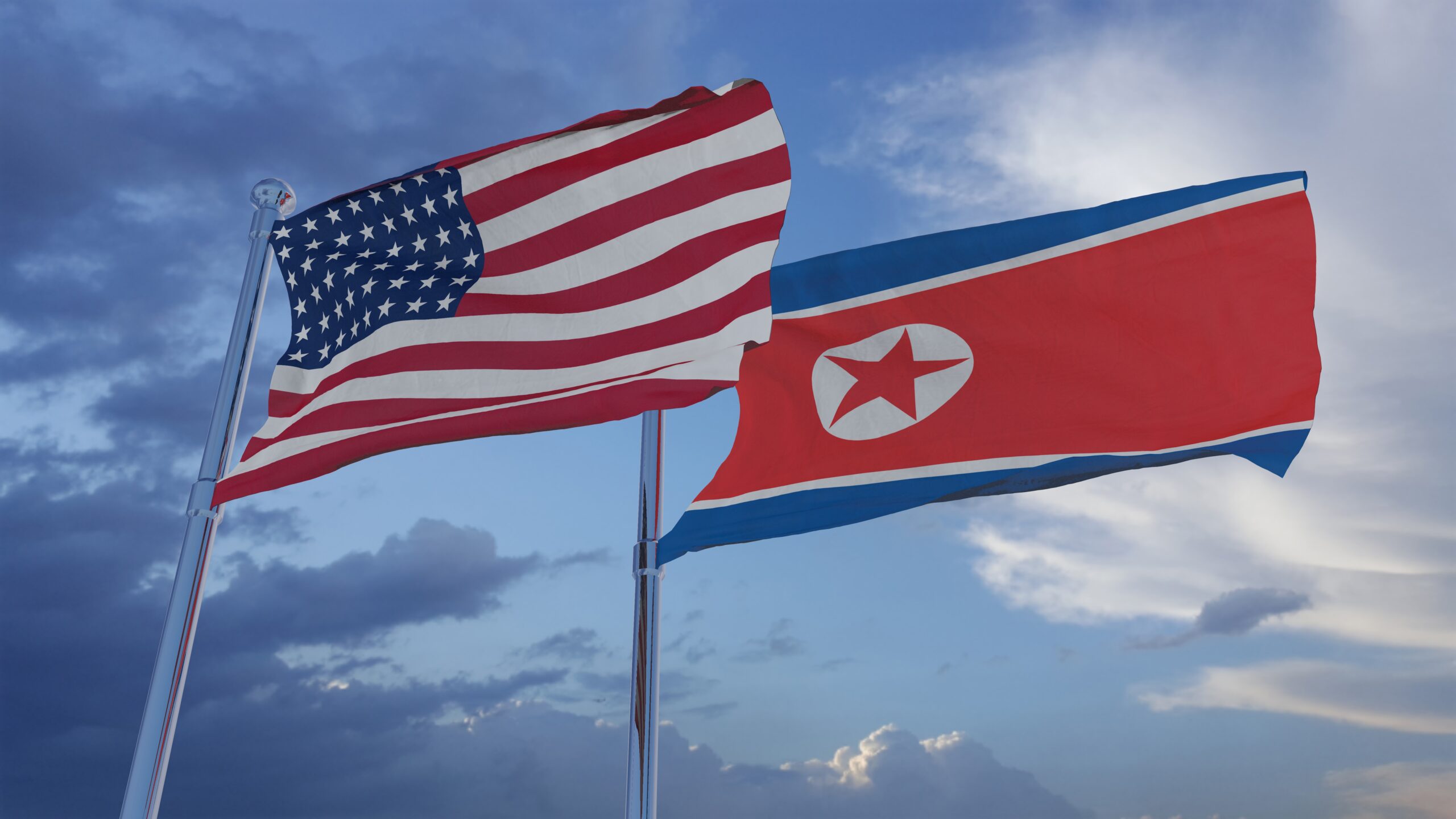North Korea’s Missile Missives: Is President Biden Listening?
Institute of Peace and Conflict Studies
APLN member Manpreet Sethi contextualises the motivations and impact of Pyongyang’s signalling in their recent capability demonstrations. This article was originally posted by the Institute of Peace and Conflict Studies (IPCS) and can be viewed here.
President Biden’s administration concluded its North Korea policy review in May 2021. It recommended a calibrated, practical approach towards Pyongyang—somewhere between a grand bargain and strategic patience. However, since then, many other issues have kept the US preoccupied: COVID, China, Afghanistan, and climate change, to name but a few. North Korea would have been waiting its turn in the midst of all this, but its patience seems to be running out.
Over the past few months, new developments out of Pyongyang would have undoubtedly caught the US’ attention. In August, the IAEA reported a resumption of North Korea’s Yongbyon plutonium producing nuclear reactor. In September, the country has tested not one, but two nuclear capable missiles, with both displaying new kinds of capabilities. These tests can be interpreted as missile missives to President Biden in the hope of drawing him into some engagement with Pyongyang. They also allow North Korea to arm itself with a set of leverages in preparation for any talks that the US may offer. Interestingly, in June 2021, Kim Jong-un had said that he was preparing his country for “both dialogue and confrontation” with the US.
On 15 September—the day AUKUS, or the US-UK-Australia security pact, was announced—North Korea conducted the maiden test of a rail-mobile ballistic missile. Pyongyang released photos that showed the launch vehicle parked near a tunnel opening out from a mountain. Earlier in the week, on 13 September, they had test-launched a cruise missile that flew 1500 km. Other technical details have not been revealed. Chairman Kim Jong-un had dropped a hint about this ‘strategic weapon’ in his January 2021 address to the Party Congress. In fact, North Korea’s efforts to miniaturise warheads have been reported by the UN Panel of Experts since August 2020.
While North Korea has undertaken tests of submarine-launched ballistic missiles (SLBM) in the past, it does not yet possess such a submarine. Rumours are that one such vessel is under construction. Efforts towards this capability may accelerate after the South Korean SLBM test that took place on the same day as North Korea’s rail-mobile missile launch. Both countries continue to paint the other’s moves as provocation, and describe their own as necessary for self-defence.
The testing of these two new technologies appears to be part of North Korea’s effort to enhance its nuclear arsenal’s survivability. This is not surprising. Given its threat perception from the US, which has vastly superior military capability, Pyongyang obviously seeks to ensure that the US will not be able to annihilate its retaliatory capability with any kind of a first strike. Tunnels in mountains, mobility, dispersal across platforms, and deception are part of this exercise. Multiple launch platforms would also provide the facility to launch from many sites. According to the Korean Central News Agency (KCNA), a North Korean official was quoted as describing the test by the Railway Mobile Missile Regiment as “an intensive blow to the menacing forces in many places at the same time.”
Still, there are questions about the efficiency and reliability of North Korea’s launch platforms. For instance, several American analysts[MOU1] have been dismissive of the North Korean rail system, which is believed neither be extensive nor modern. Unfortunately, given how closed North Korea is to the rest of the world, it is difficult to gauge the actual worth of its rail network. The fact that the country’s leadership has used it to visit China should however provide some indication of its reliability. Meanwhile, missile mobility via roads has also been questioned, given that Pyongyang’s large missiles have been seen on transporter erector launchers with as many as 22 wheels. This indicates manoeuvring difficulties on less than high-quality roads. These assertions are backed by US confidence in its advanced intelligence, surveillance, and reconnaissance (ISR) capabilities, which are expected to detect and monitor missile movements in North Korea.
The point being made by North Korea’s capability demonstrations however is that it can complicate US targeting strategy. The idea is to create uncertainty about whether a decimation of North Korean nuclear capability is achievable; and if any attack on it would be a one-sided affair, as it was in the case of Hiroshima and Nagasaki. For the purpose of deterrence, even the suggestion of retaliation should suffice. Taken together, North Korea’s messages through the new launch platforms can mitigate their individual vulnerabilities and credibly signal deterrence.
Provocations are a good way to get attention but they need to be played smartly. Too little, and they are dismissed as business as usual. Too much, and they may lead to a hardening of positions. North Korea appears to be carefully calibrating its missives by conducting cruise missile tests that are not prohibited under UNSC Resolutions, and those of short-range ballistic missiles. The US will have to calibrate its own response to deal with the reality of a nuclear North Korea. The delay only allows Pyongyang more time to build/improve its capability, pushing denuclearisation even further. A verifiable freeze on the programme in exchange for some concessions will probably have to be the starting point.
Verifications will also be most useful to not only arrest North Korea’s expanding nuclear and missile capability, but also to minimise the risk of illegal proliferation/pilferage of material or technology to/by other state or non-state actors. The victory of the Taliban in Afghanistan has reinvigorated terrorist organisations across the world, and some of them might have an interest in raising the bar with acts of radiological or nuclear terrorism. A cash-strapped and isolated nuclear North Korea may seem like the obvious place to go. It is necessary to steadily bring Pyongyang into the nuclear security architecture, and for this, it may be time for President Biden to pay heed to their missile missives.
Image: Wikimedia Commons / Gage Skidmore




